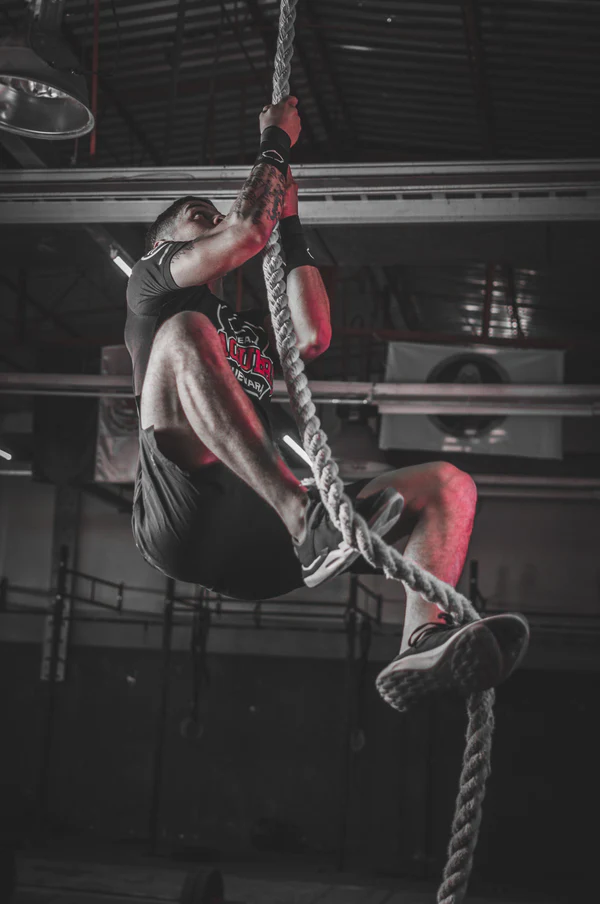
How to Climb a Rope for Beginners
Scaling a Climbing Rope isn't something you may have to do in everyday life, but if you want to get into outdoor activities like rock or tree climbing, it's an essential skill.
Unfortunately, learning how to climb a rope isn't as simple as one hand in front of the other. In fact, without the proper techniques, you could wind up hurting your hands or other parts of your body. Plus, if you're climbing relatively high up, you need to make sure you won't fall.
So, with that in mind, let's break down how to climb a rope for beginners or those new to the sport into four simple steps.
How to Climb a Rope in Four Steps
Technically speaking, there are only four moves you need to master to become really adept at climbing a rope. Best of all, these tactics should serve you well, no matter what kind of rope product you're climbing.
Those moves are the reach, lift, clamp, and stand. Let's break them all down:
1. Reach
Realistically, you don't want to spend too much time climbing a rope, or you'll get exhausted before you get to the top. Even if there are knots in the rope to help steady your feet, you should reach as far as you can with your hands each time you move upward.
Extending your reach not only saves you time and energy but it forces you to adapt quickly, meaning you can master this skill faster.
2. Lift
In this case, you're not lifting your body yet. Instead, you're pulling your knees toward your chest as far as they'll go. So, you need some decent core strength to make this step work.
3. Clamp
Once your knees are in position, you'll feel like you need to grab on for dear life. If you're pretty high up on the rope, now is when you might feel intimidated or scared.
Clamping means putting your feet together on either side of the rope. The best option is to put one foot on top of the other so you can be ready for the final step.
4. Stand
Now that your feet are in position, you can lift yourself up with your legs and move up the rope with ease. Using this technique means more of your leg muscles get used, not your arms. Instead, your arms are there to keep you balanced and secured to the rope while you move your feet into position.
Overall, this method helps save energy and allows you to climb faster and more efficiently. This way, even if you're exhausted from a workout, you can still have enough energy to climb.
Other Factors to Consider When Climbing a Rope
Mastering your technique is fantastic, but there are a few other elements to pay attention to when learning how to climb a rope, including:
- Shoes: Regular workout shoes can get damaged via rope burn if you're not careful. It's best to have a more flexible sole that can stand up to that kind of wear and tear.
- Rope Burns: Your arms, elbows, knees, and legs can come into contact with the rope as you climb. Wearing protective gear (particularly for your hands) can prevent burns and keep you in good condition from start to finish.
- Knots: This process is much easier with knots in the rope, but don't forget the basics! Our Knots Tutorials can get you up to speed.
Get the Best Rope Products From SGT KNOTS
With the fundamentals of how to climb a rope under your belt, you're now ready to take on greater challenges. The exhilaration of ascending to new heights awaits, but remember, the quality of your equipment significantly contributes to your performance and safety.
SGT KNOTS has got you covered. Whether you're looking for the Best Tree Climbing Gear or top-notch Rope Products, you'll find that our commitment to quality and durability is second to none.
As you advance in your climbing journey, don't forget to revisit and refine the fundamental skills you've learned today. Persistence and practice will make you a confident and capable climber.
So, equip yourself with the best, tie those knots tightly, and let's reach for the top. For even more climbing tips and product recommendations, visit the SGT KNOTS Blog!

Leave a comment